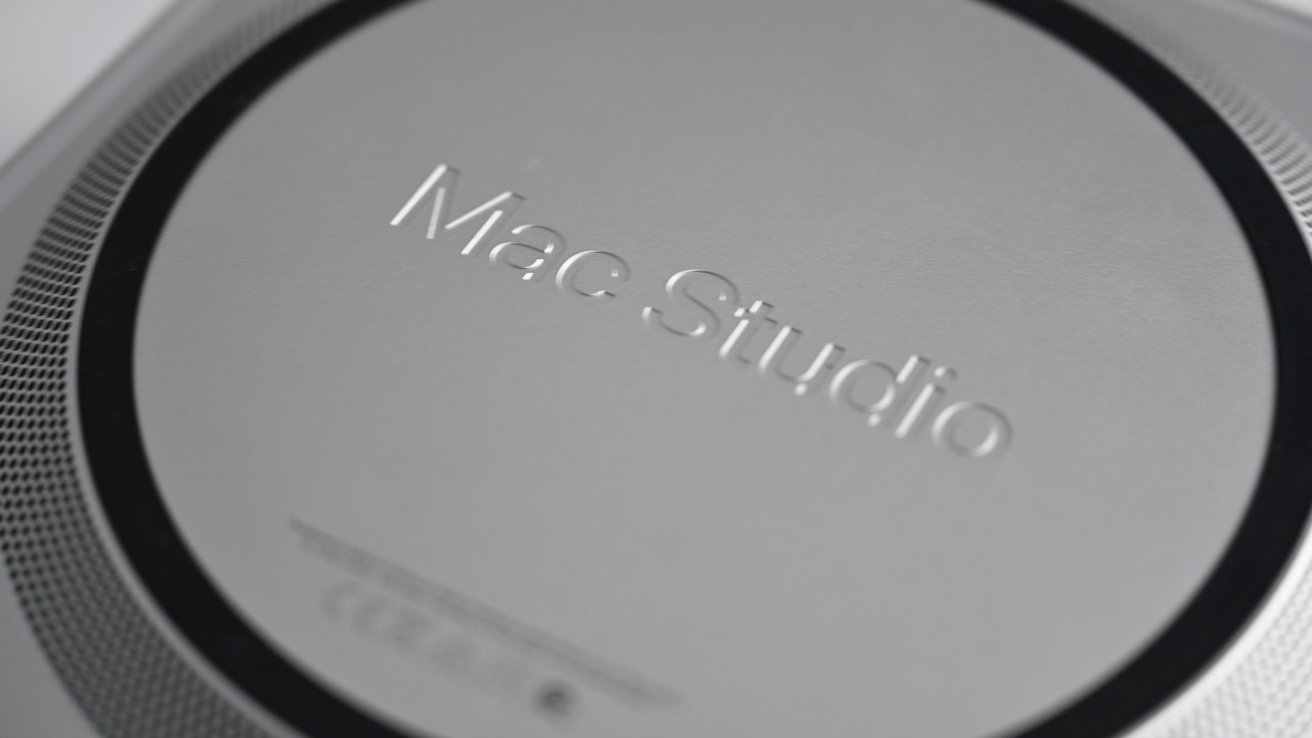Repair company iFixit has done a teardown of the new Mac Studio, showing Apple's intricate cooling system for the high-performance system and how to take apart the device.
As it has before with devices such as the 16-inch MacBook Pro, iFixit has done an initial teardown of Apple's latest device. It's done with the aim of discovering how repairable — or not — a device is.
At some point later, iFixit will ultimately produce a written and illustrated guide to precisely how a Mac Studio can be taken apart for repairs. For now, though, it's done a quick video overview showing the Mac's components.
The cooling system takes up roughly half of the Mac's internal space. The most noticeable part is the aluminum heatsink on the M1 Max version and the copper thermal module in the M1 Ultra edition.
The video also discusses the slotted storage in the Mac Studio. The company could swap out like-for-like on flash modules but had no success putting in a larger or smaller one.
A teardown of the Studio Display was also teased. The company noted that it not only looks like an iMac, but it comes apart in much the same way.
The Mac Studio was given a 6 out of 10 for repairability.
The possibility of repair is perhaps becoming more of an issue as Apple plans to roll out its Self Service Repair program for M1 Macs and iPhones. The program, announced five months ago, has still yet to be detailed.
 William Gallagher
William Gallagher








 Marko Zivkovic
Marko Zivkovic

 Malcolm Owen
Malcolm Owen

 Amber Neely
Amber Neely

 Wesley Hilliard
Wesley Hilliard









41 Comments
MacStudio+ "subscription service" is clearly on the cards at some point after the M2 version.
It’s hilarious to watch some of the “YouTubers” out there gnash their teeth and complain about how difficult it is to take apart a Mac Studio.
It’s clear to me that none of them have ever worked on a car, where one has to do things lying on his back, deal with grease and oil, etc.
Computers are easy if one takes his time, organizes parts, and has any mechanical ability.
There where some chuckleheads commenting in some forums about how “on board storage will always be faster than external” and I’m thinking to myself a) definitely not true if you have money to spare and b) there’s no engineering reason for that to be true — it’s just a function of process and price.
You could probably make a sound argument regarding on-die or on chip storage “always” being faster (although until recently that’s come with a high process and price cost also).
Do people genuinely not understand trade-offs? I mean, those kinds of choices are all around us all the time. And yet most of us manage to make purchases (or make things) that fit our needs and budget most of the time — without griping about how it could be way, way better if Only I Made All The Decisions (TM).